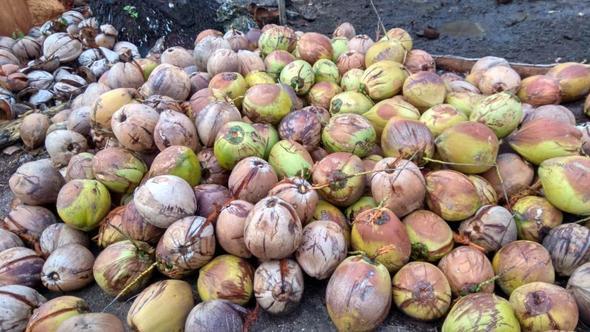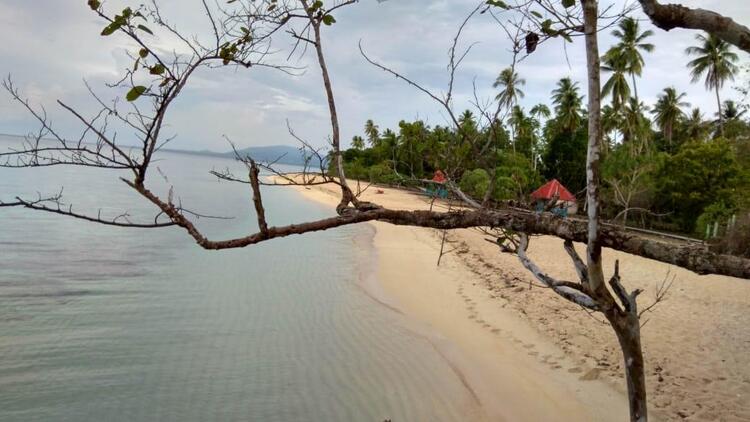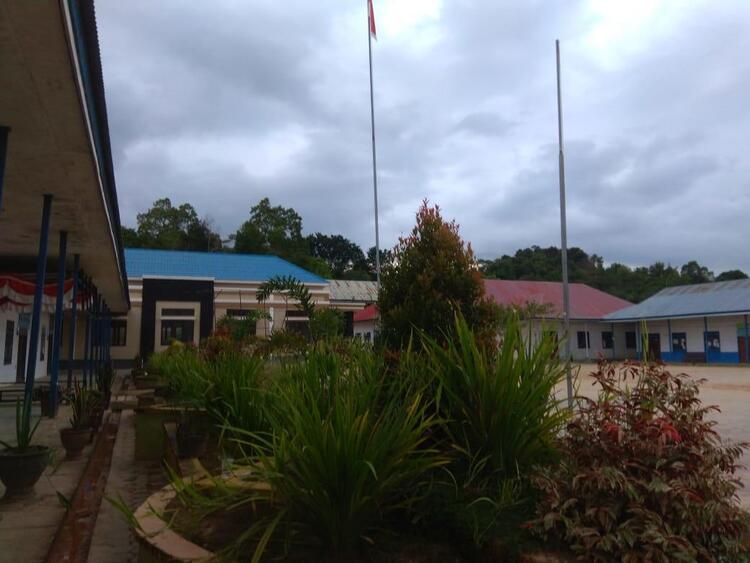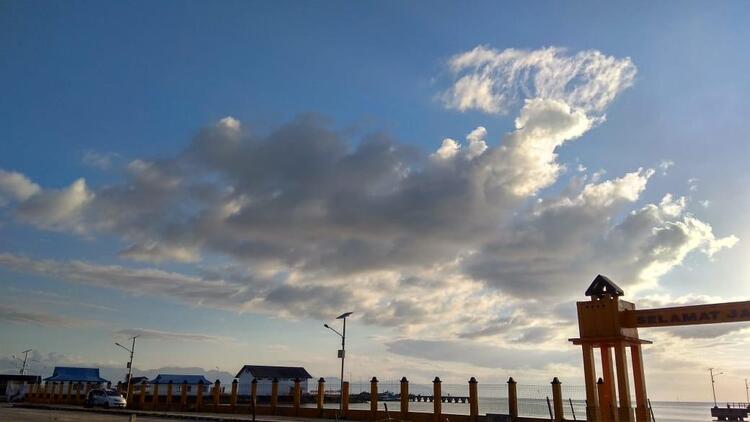Wawonii Island, can still be very foreign to be heard. Wawonii Island, if seen on the Southeast Sulawesi Map, is very easy to find because its shape is slightly similar to the shape of the heart.
In Wawonii "WAWO" means "up" or "high place / considered high". Whereas "NII" means "Coconut". It is surprising that some people think that it deserves the island to be called Wawonii because of the many coconut trees on the island.
"WAWONII" is the name of Raja I Tangkombuno which is centered in the Eastern Region of Wawonii Island. It is very difficult to find evidence of the remains of the kingdom. Not a few tourists & historians come to Wawonii Island to find evidence from the kingdom, but the results are nil. Some of my family said "No matter how much effort people look for the place they want to find, if there is no permission and not with the right person, the journey will be in vain".
The Royal History told by the late Wahinda (Grandson of King Mbeoga) mentions that it is true that besides the Tangkombuno people, there are also people who live on Mount Waworete known as the Torete people. In the language of Wawonii "TO" means "person / society" while "RETE" means "Average". Whereas according to Pak Supian Bin H. Muh. Mahdy (Derivatives of Wawonii) states that the meaning of "TORETE" is people who are equalized.
After King Wawonii was replaced by his son Sangia Lungku, at that time there was a very terrible event for the Torete people. Outbreaks of skin disease caused torete people to take the initiative to leave the place. The story is indeed unbelievable. But that's the history of the ancestors of the Tangkombuno people. One of the Tangkombuno royal customs that can still be seen today is KALAPAEYA. Kalapaeya is only dedicated to mokole Wawonii derivatives or for royal families with different levels. Actually the use of Kalapaeya is very sacred. But not a few of the people of Wawonii Island really understand how to make and use it appropriately. Around the 16th century the King's Family also knew the writing called Ejaan Laembo. Unfortunately this paper is not taught to the wider community. So it's very difficult to get information about it.
ABOUT WAWONII




